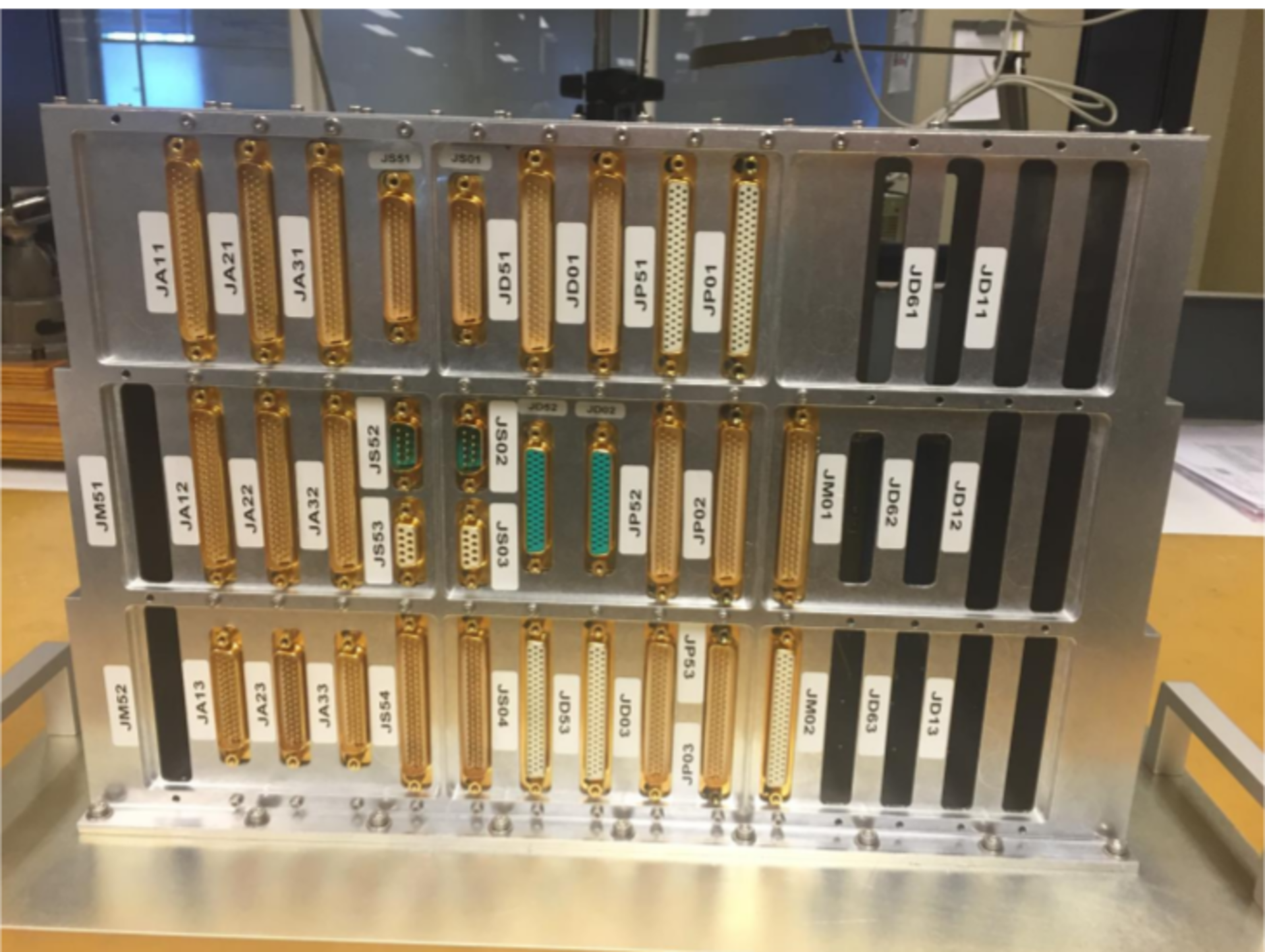GSTP Building Block Activity Boosts European Avionics Independence
GSTP, along with Thales Alenia Space, Belgium, has recently completed an activity to solve the issues the avionics market has in regards to European competition.
Currently the Avionics product market, in particular the Earth Observation and scientific programs, has a high number of European competitors who have to share a limited volume of European programs. This puts an increasing pressure on costs, especially on non-recurring efforts. In turn, this is damaging Europe’s ability to produce competitive products for export.
An analysis found that partly due to these issues, the design and development cycle for avionics products is becoming shorter and shorter. It showed a more standardised and modular approach could greatly benefit the market.
The activity, under the GSTP Building Blocks framework aimed to boost product competitiveness by developing flexible, off-the-shelf standard building blocks, allowing company’s to address a large variety of applications and missions with limited non-recurring efforts so improving overall programme cost and development cycle time.
The project started with an Architecture Phase.
The RTU functions were distributed over 3 types of modules:
- STUB (data busses, secondary power supplies)
- AOCS (dealing with the control of attitude, MAG, MTB,Sun sensors, etc)
- MSMOT (Motors driving and sensors interfaces)
This was done in a multi-mission environment with a strong focus on flexibility. Two additional modules were added in the course of the project:
- PROP (Thrusters, Reaction Wheels, sensors interfaces)
- DIST (Power distribution, pyro lines, etc)
Once the detailed design and development of the modules was performed, ending with a successful CDR and an EM (see picture) was built and thoroughly tested, both as a single equipment and then as part of an Avionic test bench.
The developed building blocks have already been used in an ESA mission (EXOMARS) and two other projects, leading to the manufacturing of 5 flight models up to now.
The activity serves as a basis for future programs with minimum non-recurring effort.
All documents for G521-003ED were received in December 2019.


